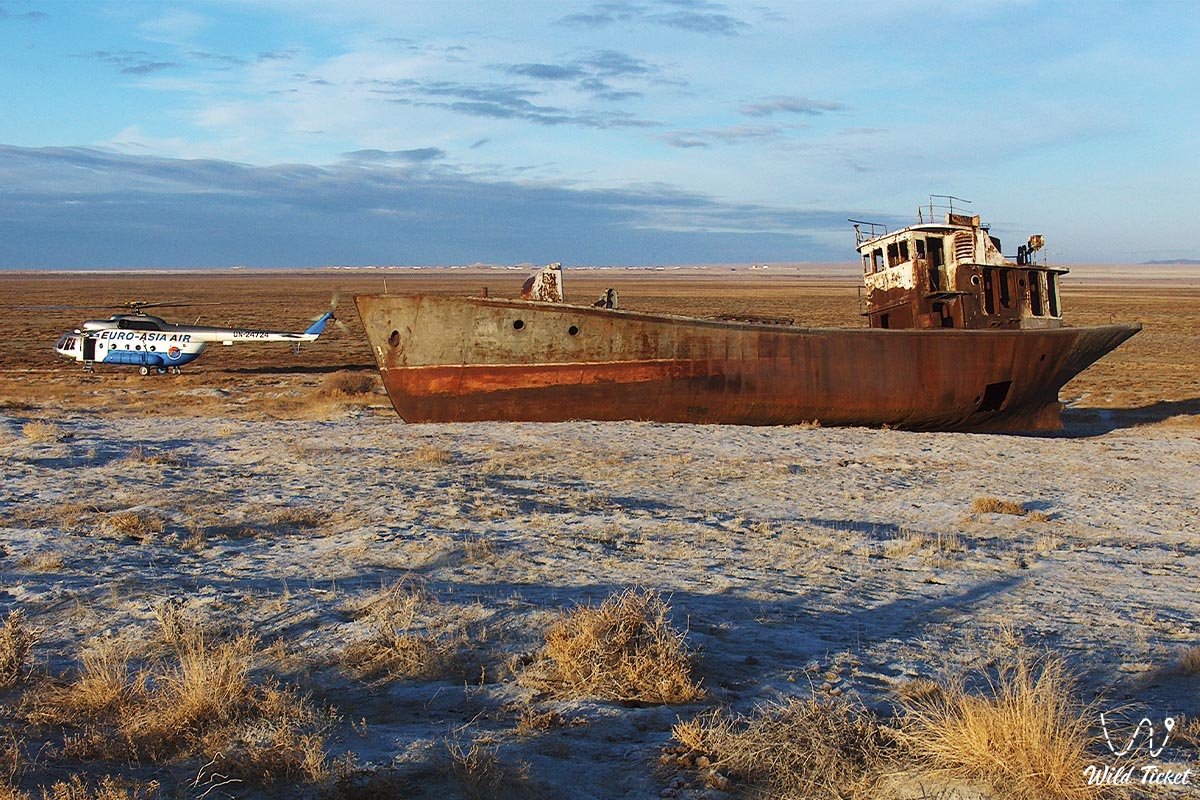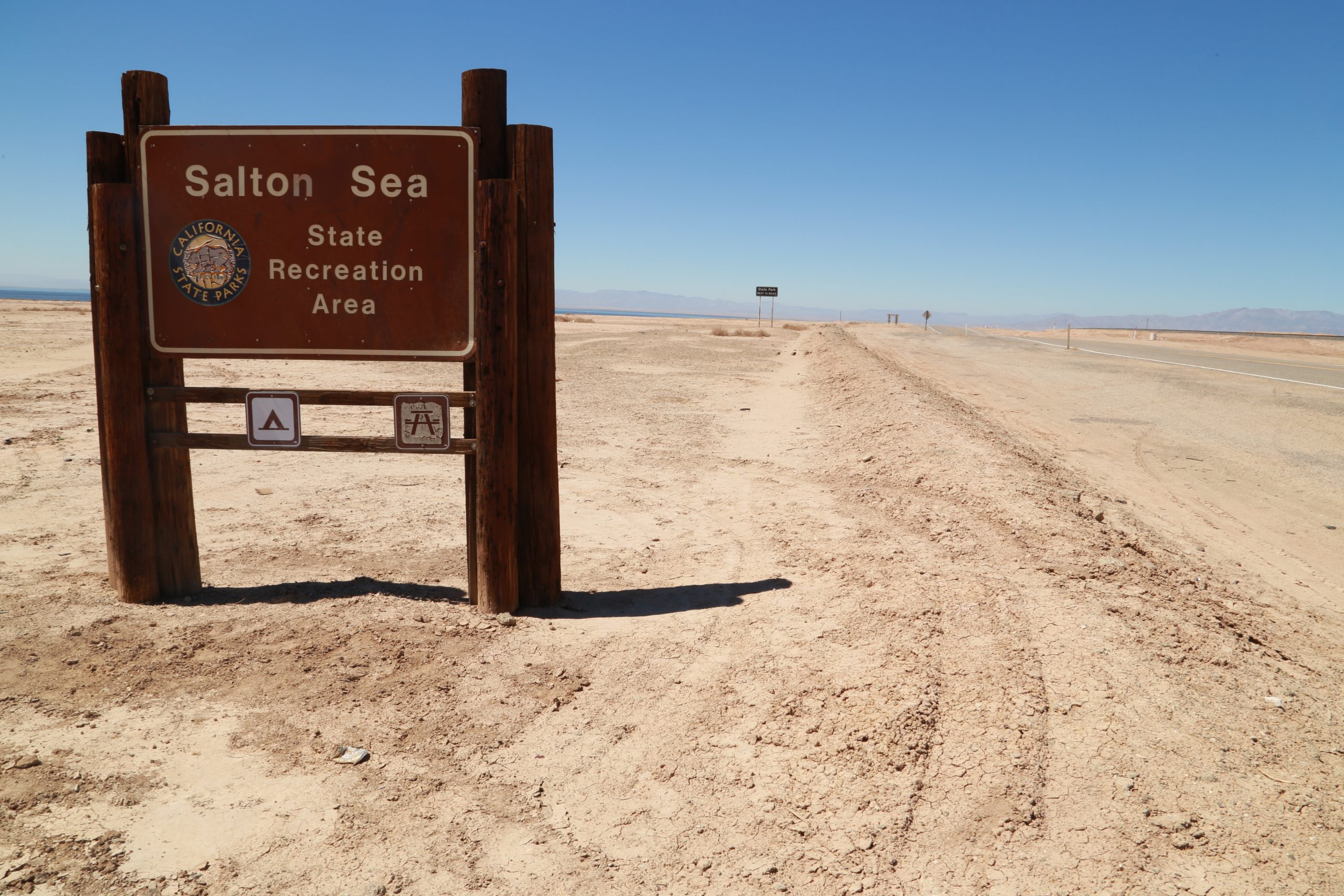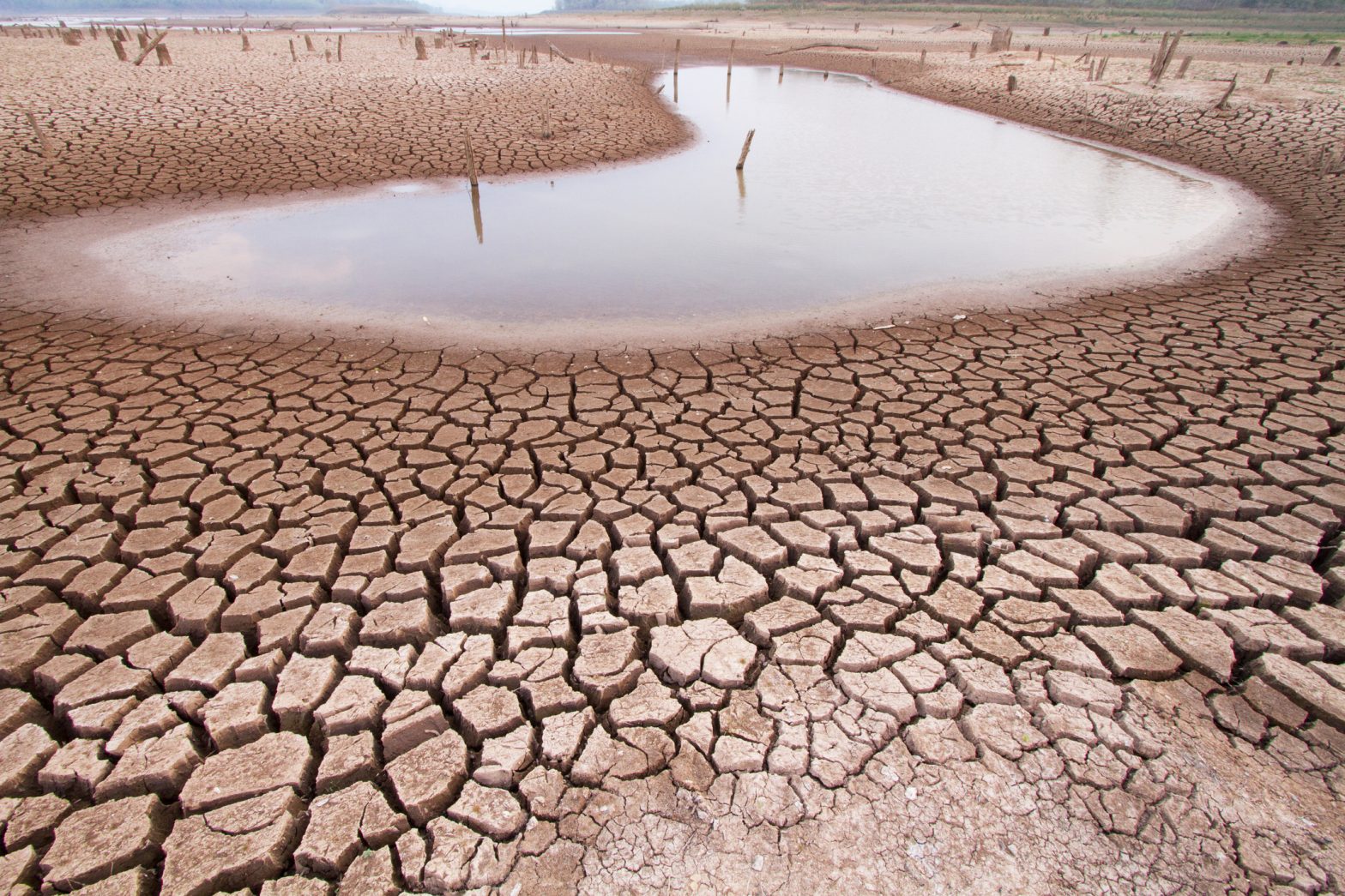The world is staring at an imminent water crisis, according to a groundbreaking international scientific study. The research reveals that over half of the planet’s largest lakes and reservoirs are experiencing significant water reduction due to the impacts of climate change and human activities. Published in the journal Science, these findings are cause for concern, considering that about a quarter of the world’s population lives in the drainage basins of these dwindling water bodies.
Even though lakes only make up approximately 3% of the Earth’s surface, they hold close to 90% of all surface freshwater. Their importance cannot be understated as they provide drinking water, power generation, irrigation, and critical habitats for diverse species.
Alarmingly, these vital reservoirs are under siege. While fluctuations in lake water levels due to changes in rainfall patterns are normal, human-induced climate change coupled with excessive water usage are amplifying these shifts, resulting in a worrying drop in water levels globally.
The study, which involved satellite observations of about 2,000 of the world’s largest lakes and reservoirs, found that a staggering 53% of these water bodies have undergone notable water depletion. The annual combined loss, estimated to be around 22 billion metric tons, is equivalent to the volume of 17 of America’s largest man-made reservoir, Lake Mead. Over half of this decline is directly linked to human activities and climate change.

Fangfang Yao, the study’s lead author and a visiting scholar at the University of Colorado Boulder’s Cooperative Institute for Research in Environmental Sciences, noted that various lakes are impacted by different factors. Overuse of water has caused the severe reduction of the Aral Sea in Uzbekistan and California’s Salton Sea, while shifts in precipitation and runoff patterns have led to the depletion of the Great Salt Lake.

In the Arctic, lakes are shrinking due to changes in temperature, precipitation, evaporation, and runoff. As Yao warns, the global drying trends are more severe than previously assumed. Furthermore, as lakes diminish, the surrounding watershed undergoes a process of “aridification,” increasing evaporation and further speeding up their decline.
Climate change’s threats to lakes are multi-faceted. Aside from heightened evaporation, other knock-on effects include deterioration of water quality, escalated toxic algal blooms, and the disappearance of aquatic life. Yao stresses that climate change compromises the quality of lake water, which in turn puts pressure on the water resources of dependent communities.
Reservoirs face a particular risk from sedimentation, a gradual process where incoming sediment decreases the water storage capacity. Climate change can intensify sedimentation. For example, more intense wildfires caused by global warming can destabilize soil and increase the flow of sediment into lakes and reservoirs.
Interestingly, the report mentions that certain lakes and reservoirs have actually expanded, particularly in sparsely populated regions such as the Northern Great Plains of North America and the Tibetan Plateau’s interior. However, even this growth can be traced back to climate change, as melting glaciers are filling up these lakes, creating potential risks for downstream communities.
This report highlights the urgent requirement for sound management of these vital freshwater resources. Yao cautions that as climate change worsens and human activities continue to put pressure on water resources, these lakes may dry up sooner than anticipated.
Catherine O’Reilly, a geology professor at Illinois State University, sums it up, “It’s a bit frightening to realize how many freshwater systems are no longer capable of storing as much water as they once did.”
The future could be a bleak one, marked by desiccated lakes and reservoirs, unless decisive action is taken to combat climate change and implement sustainable water management practices. The world stands at the brink of an acute water crisis, and we may soon find ourselves high and dry at the source of life itself.
©world-news.biz
